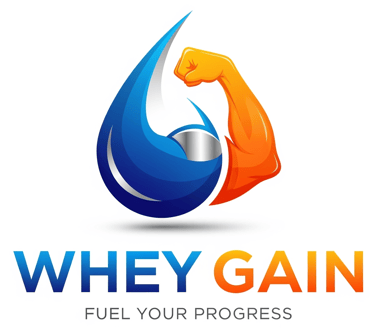Get fit at Home
Get fit at home with simple yet effective workouts using bodyweight and minimal equipment. Build strength, burn calories, and improve flexibility anytime. Stay consistent, follow structured routines, and progress gradually. Transform your body and health without needing a gym—your living space becomes your personal fitness zone.
9/23/20253 min read


Introduction to Home Workout Menus
In recent years, home workouts have gained remarkable popularity. Individuals are increasingly seeking ways to maintain fitness within the comfort of their residences. Establishing a structured home workout menu can significantly enhance your exercise routine, ensuring consistency and effectiveness. A well-organized menu caters to various fitness levels and preferences, making it an ideal solution for anyone looking to stay active.
Components of a Comprehensive Home Workout Menu
A successful home workout menu typically comprises several components, including warm-up exercises, strength training, cardiovascular routines, and cool-down stretches. Each section is essential for creating a balanced workout experience that optimizes overall physical wellbeing.
1. Warm-up: Begin with a dynamic warm-up routine that includes movements like jumping jacks or arm circles to prepare your muscles for the workout ahead.
2. Strength Training: Incorporate exercises such as push-ups, squats, or resistance band workouts. These activities focus on building muscle strength and endurance.
3. Cardiovascular Exercises: Choose from high-intensity interval training (HIIT), running in place, or dance routines to elevate your heart rate and burn calories.
4. Cool-down: Finish your workout with gentle stretches or yoga poses to help your body recover and relax.
Benefits of Establishing a Home Workout Menu
Creating a home workout menu provides numerous benefits, enhancing not just physical fitness but also mental health. Regular physical activity is known to reduce stress, anxiety, and depression while improving overall mood and cognitive function.
Furthermore, a well-defined menu helps eliminate confusion regarding what exercises to do each day. It promotes a sense of commitment and accountability, encouraging users to follow through with their fitness goals. Additionally, tracking progress through a home workout menu can elevate motivation and a sense of achievement.
Conclusion: Customizing Your Home Workout Menu
To maximize the effectiveness of your home workout menu, personalize it according to your individual preferences and fitness level. Consider integrating a variety of exercises to keep your routine exciting and challenging. Whether you are a beginner looking to stay in shape or an experienced athlete aiming to enhance performance, a tailored home workout menu can be a valuable tool in your fitness journey. Stay committed, be consistent, and reap the rewards of an active lifestyle at home!
Start your day!
If you didn't punish your body, Then the body will punish you!
Day 1 – Full Body Strength
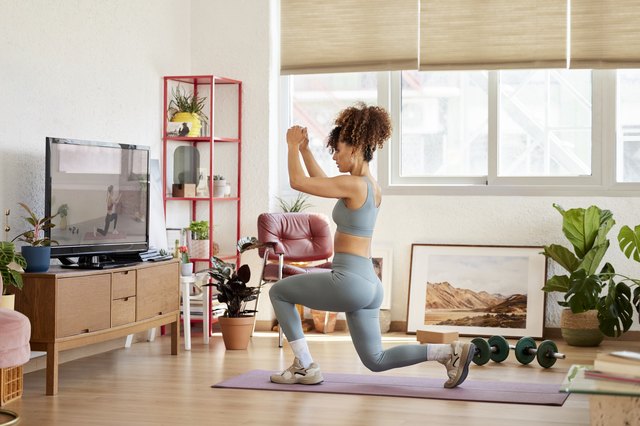

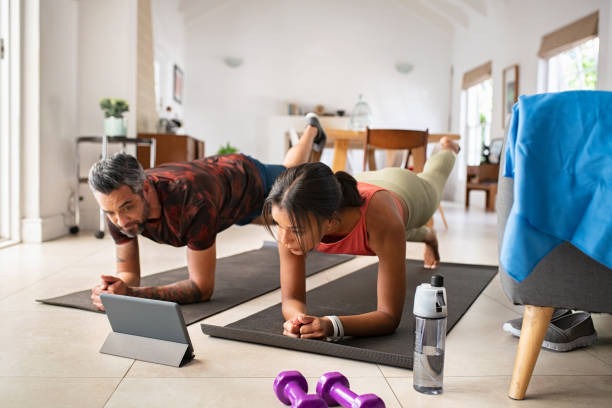

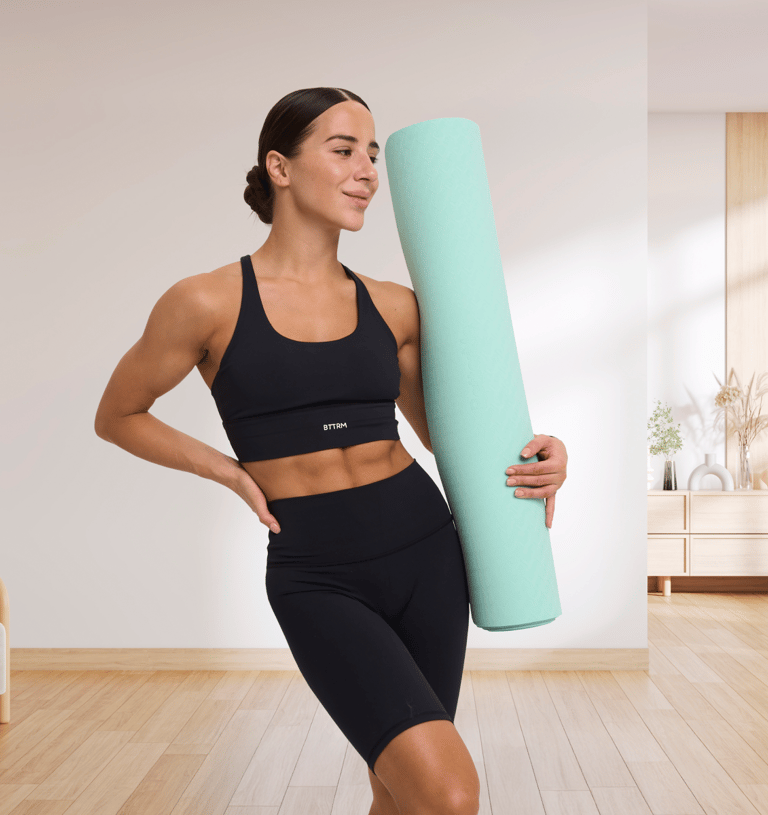

Day 1 focuses on full-body strength, targeting major muscle groups with push-ups, squats, bridges, planks, and jumping jacks. It builds endurance, stability, and muscle tone, creating a strong foundation for the week.
Day 2 – Core & Stability
Day 2 emphasizes core strength and stability with crunches, leg raises, side planks, Russian twists, and Superman holds. It builds a solid midsection, improves posture, balance, and supports overall functional movement strength.
Day 3 – Lower Body Focus
Day 3 targets the lower body with squats, lunges, wall sits, calf raises, and glute kickbacks. It strengthens legs, builds endurance, tones muscles, and improves balance for overall functional lower-body power.
Day 4 – Cardio & Conditioning
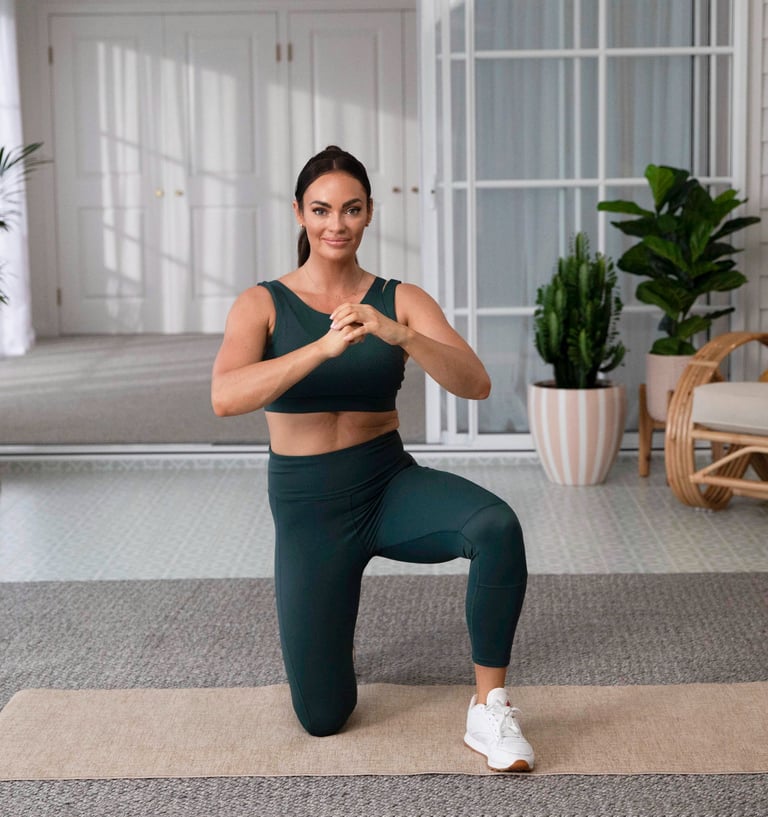



Day 4 boosts cardio and conditioning through high knees, burpees, mountain climbers, skater jumps, and plank shoulder taps. It enhances endurance, burns calories, increases agility, and builds total-body athletic performance effectively.
Day 5 – Upper Body & Core
Day 5 strengthens the upper body and core with incline push-ups, pike push-ups, tricep dips, side plank dips, and hollow holds, improving muscle endurance, definition, stability, and overall functional strength.
